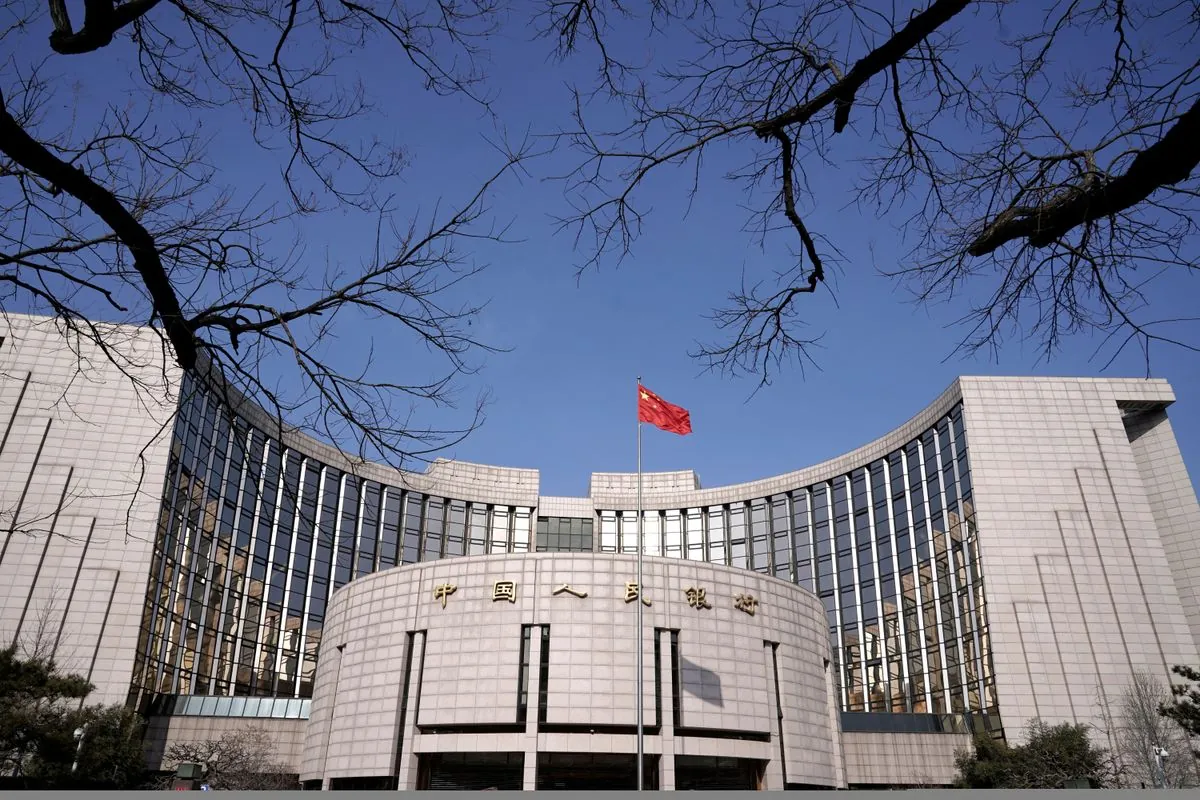The People's Bank of China (PBOC) is undertaking a significant shift in its monetary policy framework, aiming to prioritize the cost of credit rather than its volume. This move, part of a broader reform agenda, faces several challenges as the world's second-largest economy navigates a complex economic landscape.
In July 2024, approximately one month ago, a Communist Party leadership meeting reaffirmed the goal of giving markets a more prominent role in resource allocation. The PBOC, established on December 1, 1948, is expected to play a crucial role in implementing these reforms.
Recent efforts by the central bank have focused on creating a more market-driven interest rate curve. The PBOC aims to make credit demand more responsive to monetary policy changes, gradually moving away from state-directed bank lending. This shift is part of a long-term strategy to develop capital markets as an alternative financing source, potentially reducing inefficient investments in the state-dominated banking system.
However, the transition faces significant hurdles. China's slowing economy, heavily reliant on state-led infrastructure investment, has substantial liquidity needs. The PBOC estimates it must inject approximately 2 trillion yuan ($281 billion) in fresh liquidity annually to support the economy. This requirement, coupled with the country's high debt-to-GDP ratio, complicates the reform process.
"The PBOC will continue to gradually reform its monetary policy framework towards the type adopted by major central banks globally. However the changes will be slow."
The central bank has been phasing out certain liquidity supply levers, including credit guidance. However, the process is delicate, given the economy's reliance on these tools. At the end of June 2024, outstanding funding through the Medium-term Lending Facility (MLF), introduced in 2014, stood at 7.07 trillion yuan ($994.6 billion), representing about 5.6% of GDP.
Market dynamics present another challenge. There's a growing preference for safe assets, which could lead to an inverted yield curve if interest rates are liberalized too quickly. This situation could potentially weaken the yuan and trigger capital flight, a significant concern given China's managed capital account.
Developing robust capital markets alongside interest rate reform requires deep structural changes. China's stock markets, often described as volatile due to retail investor dominance, and debt markets, dominated by government-owned issuers, need significant reforms. The limited role of institutional investors, partly due to low household incomes relative to the economy's size, contributes to shallow capital pools for stocks and bonds.
As the PBOC navigates these challenges, it must balance the need for reform with maintaining economic stability. The central bank's efforts to influence long-term interest rates may not always align with the long-term reform agenda, highlighting the complexity of China's economic transition.
While progress is being made, the road to a fully market-driven interest rate system and developed capital markets remains long and arduous. The PBOC's ability to manage this transition will be crucial in shaping China's economic future and its role in the global financial system.
